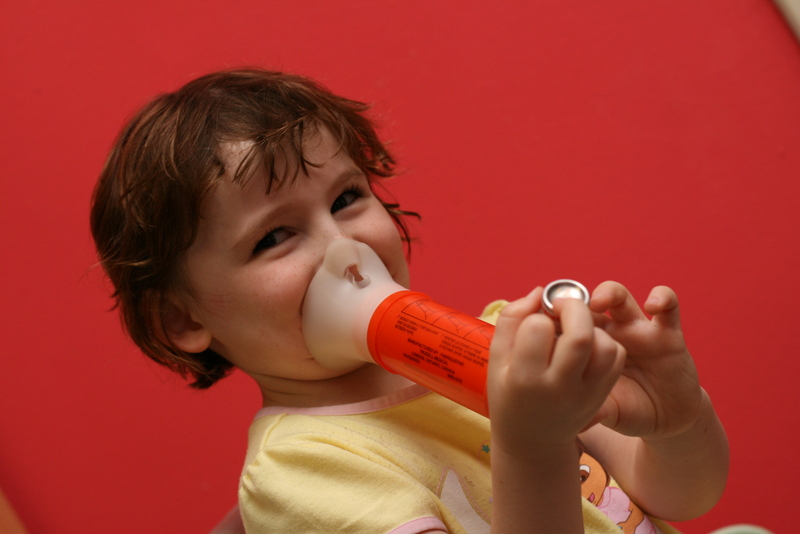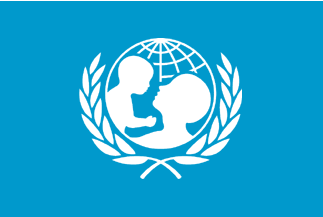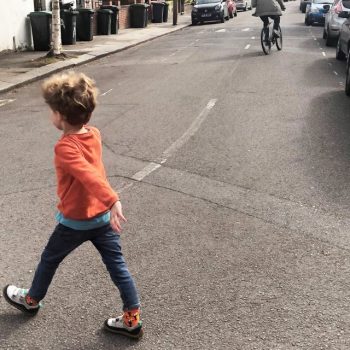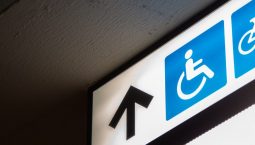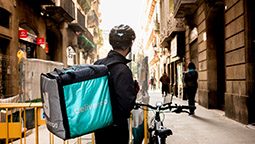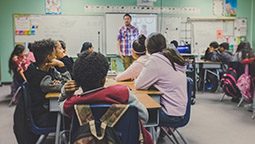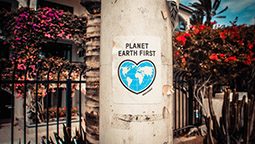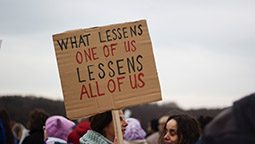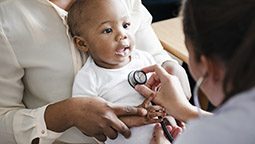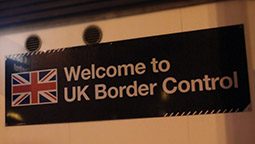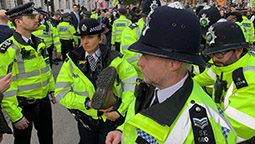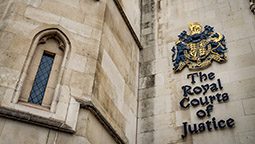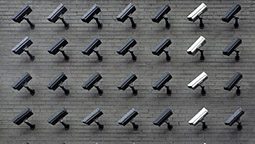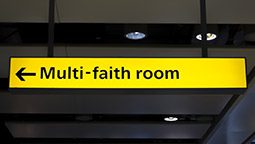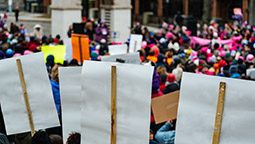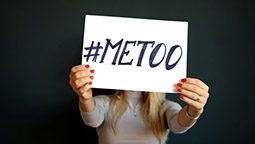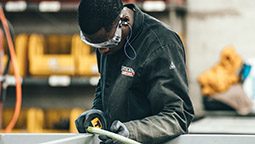Analysis has shown that millions of British children are attending schools where air pollution is above the World Health Organisation’s (WHO) limit.
Children are learning in areas with a higher concentration of tiny pollution particles called PM2.5, threatening their rights to education, health and life. Produced by traffic, farm emissions and wood-burning stoves, these particles are especially dangerous because, as well as damaging the lungs, they can pass into the bloodstream and affect numerous other parts of the body.
A report released by Global Action Plan for Clean Air Day showed that more than a quarter of schools, including nurseries and sixth-form colleges, are in locations with high levels of small particle pollution. This means an estimated 3.4 million children are learning in unhealthy environments.
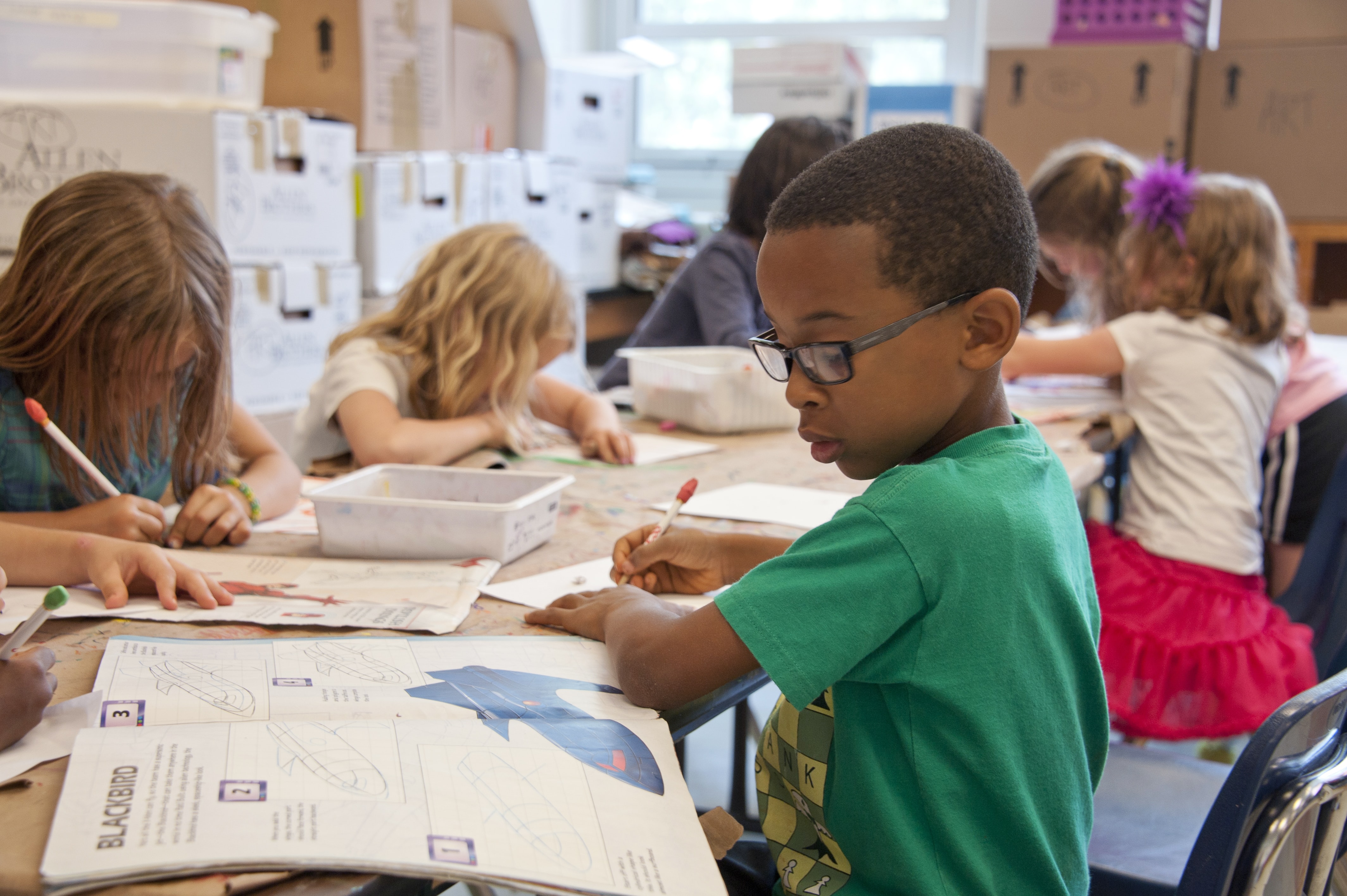
The insidious impact of air pollution on children is disproportionately affecting those from ethnic minority groups (Image Credit: CDC/Unsplash)
“Schools should be safe places of learning, not places where students are at risk of health hazards,” said Dr Maria Neira, director at the World Health Organization. “These figures are unequivocally too high and harming children’s health. There is no safe level of air pollution, and if we care about our children and their future, air pollution limits should reflect WHO guidelines.”
Children are particularly vulnerable to these particles as their bodies are still developing. WHO’s annual average limit is PM2.5 of 10 μg/m3 – the UK legal limit is 25 μg/m3. Dirty air has been linked to increased asthma and mental disorders in children in effect.
“The fact that 27% of UK schools are above WHO air pollution limits is extremely alarming,” explained Larissa Lockwood, Director of Clean Air at Global Action Plan. “Air pollution is not a fact of life. If we all do our bit, it can be solved with collaborative action and education.”
In 2013, nine-year-old Ella Adoo-Kissi-Debrah became the first person in the UK to have air pollution listed as the cause of death on a death certificate. In a report to reduce further pollution-related deaths, the coroner in her case called for the UK limit to be lowered in line with the WHO level.
Air pollution in Britain has become increasingly problematic since the massive increase on the production and purchase of cars brought on in the 1980s. Although there are ongoing initiatives to clean up Britain’s air, including the introduction of a clean air zone in Birmingham, progress is slow.
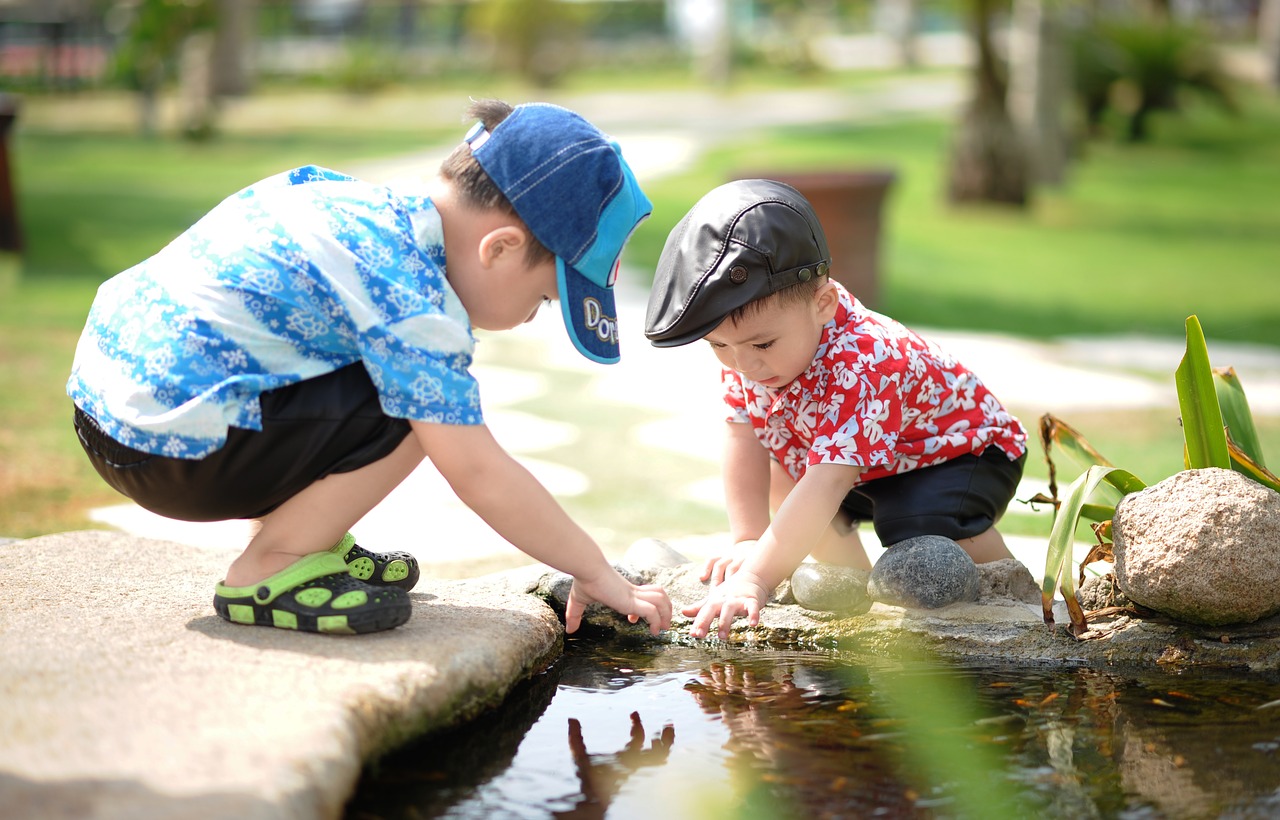
Children playing in a creek. Credit: Unsplash
Approximately 64,000 people die per year due to air pollution in the UK and the impact on children is growing. According to a Unicef UK report, children are breathing unsafe levels of air pollution in 71% of UK towns and cities. Approximately one in three babies are growing up in areas of the UK with unsafe levels of particulate matter, not only affecting their right to health but also to a future by interfering with their right to education, right to play and, most importantly, their right to life.
The insidious impact of air pollution on children is disproportionately affecting those from ethnic minority groups. A 2011 census showed that working-class people from Black, Asian or ethnic minority backgrounds were 50% more likely to live in an area of poor air quality than white people of equivalent income.
Another report from 2013 revealed that 82% of London primary schools exposed to illegal levels of air pollution are deprived. Not only is air pollution impacting children’s rights, it’s affecting the infrastructure they live within, exacerbating inequalities faced by ethnic minority groups.

